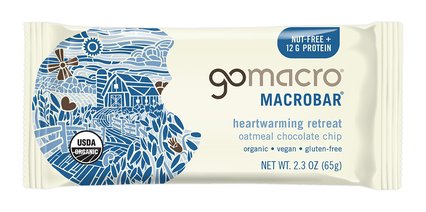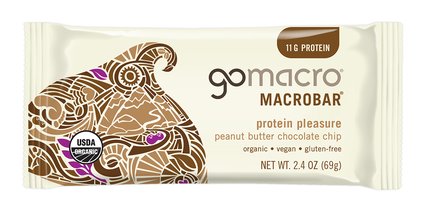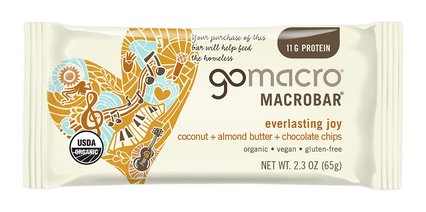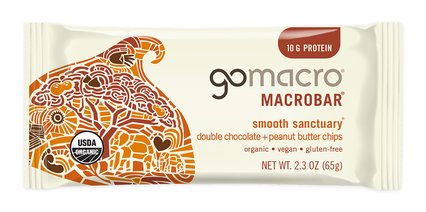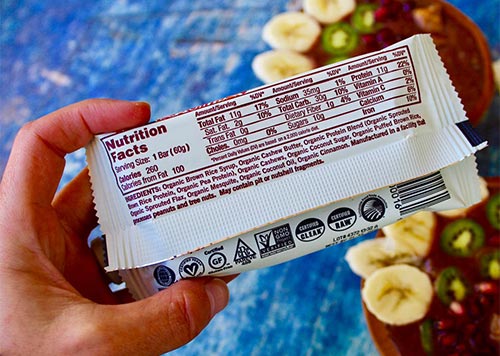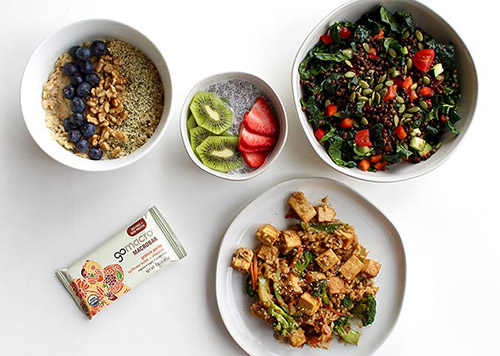Is My House Making Me Sick?
How to Eliminate the 5 Hidden Toxins in Your Home
Many people are taking steps to remove toxic ingredients from their diets by avoiding highly processed foods and opting for organic -- but there are other toxins that aren’t in your pantry or refrigerator. Many common household items contain toxic chemicals, and over time, these exposures contribute to what’s referred to as our bodies’ “toxic load.”
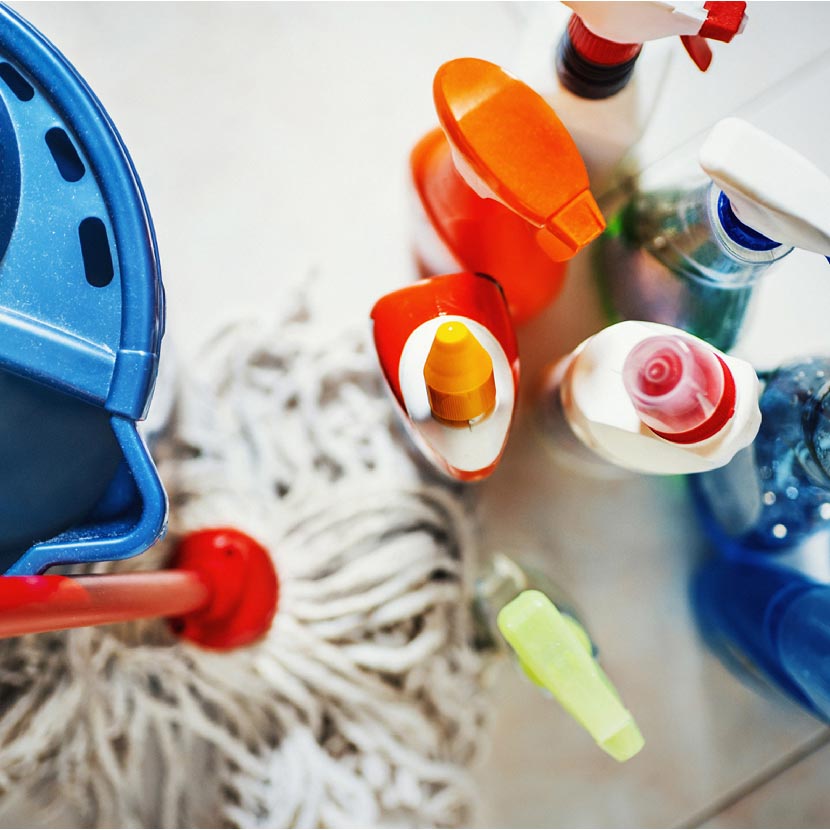
Each day, we’re exposed to toxins in the air, food, water, and products we come into contact with. While our bodies are remarkably capable of detoxing these substances, the cumulative effect of all the toxins in most modern lifestyles can overload our bodies. In fact, one Harvard study identified 45 chemicals from five different chemical classes in the dust from our homes, schools, and gymnasiums. The chemicals were mostly derived from household cleaning, beauty, and building products, and were associated with hazards like endocrine disruption and several forms of cancer. Here are a few ways to remove hidden toxins from your home.
1. Cleaning Supplies
As counterintuitive as it sounds, cleaning supplies can be some of the most dangerous toxins in your household. Glance at the ingredient and warning labels on cleaning supplies and you’ll see warnings of skin irritation, respiratory problems, hormone disruption, and even poisoning. When you consider that these substances end up on the surfaces we touch and walk on every day, you can see why cleaning supplies are one of the most impactful areas of your home to detox.
Better Choice: Opt for natural, fragrance-free cleaning supplies. Recipes for safe, DIY cleaning products for every area of the home can be found online. (Hint: Vinegar is a miracle-worker). You can also opt for safer natural products that are commercially available such as Branch Basics; always be sure you do your research as many products that are marketed as “non-toxic” aren’t actually as clean as they look.
2. Laundry Soap & Dryer Sheets
As nice as that fresh laundry smell is, the reason your shirt still smells like a “Summer Meadow” six days later is that laundry detergent, fabric softener, and dryer sheets are full of toxic chemicals and phthalate-ridden fragrances. Clothing touches your skin almost all day, so it’s worth considering a safer alternative to traditional detergent.
Better Choice: Choose a detergent that’s fragrance-free and dye-free, and consider choosing one that’s non-toxic. Swap bleach for an oxygen powder like MollySuds, and use dryer balls to speed up drying time and avoid wrinkles. You can even put a few drops of essential oil on the dryer balls for a fresh scent.
3. Pillows & Mattresses
Many pillows and mattresses, especially those with high tech foam fillers, can off-gas toxic VOCs like formaldehyde and benzene, as well as flame retardants that have been linked to many health problems. Memory foam is made with polyurethane and can also contain chemicals called isocyanates, which can lead to chest tightness, skin and eye irritation, and asthma. Even non-organic cotton can contain toxic pesticides and herbicides. Not an ideal way to get your beauty rest!
Better Choice: Look for mattresses and pillows made with non-toxic materials like natural latex, organic cotton, and organic bamboo. Also, try to avoid those made with harsh flame retardants and toxic chemicals.
4. Pots & Pans
The convenience of non-stick cookware often comes at a high health cost. Until 2013, Teflon (or PFTE) was made with PFOA, a chemical associated with a number of health conditions, especially when overheated. These include thyroid disorders, kidney disease, liver disease, infertility, and testicular cancer. While PFOA is no longer used, old cookware still contains the chemical, and newer Teflon cookware replaces PFOA with GenX chemicals. However, lab tests have shown GenX chemicals to have similar health risks and dangers as PFOAs.
Better Choice: Swap the coated non-stick pans for cast iron, stainless steel, ceramic, or stoneware cookware that has non-toxic coatings. They’re a bit more work to clean, but cook beautifully and protect you from the harmful effects of Teflon.
5. Cheap Furniture
You’ve probably heard the term “fast fashion”; there’s a similar category of furniture that’s mass-produced quickly, with cheaper materials, and with little thought when it comes to sustainability and longevity. Most of this furniture is made from particle board, which often contains toxic chemicals like formaldehyde. Upholstered furniture can contain toxic dyes, flame retardants, polyurethane foam, adhesives, lacquer, and VOCs that off-gas into our homes and into our bodies over time.
Better Choice: Aside from buying all sustainably-sourced wood furniture (not the comfiest), the options for non-toxic furniture are somewhat limited as almost all cushion-filling is petroleum-based polyfill. Cotton filling is hard to come by, but a terrific option if you can find it. Otherwise, opt for furniture made with low-VOC materials and spring cores rather than just foam. You can also look for CertiPur foam, which is free of flame retardants, heavy metals, formaldehyde, phthalates, or ozone depleters, and is low-VOC (less than 0.5 ppm).
Bonus Points
While limiting or avoiding toxins in these categories is a major step toward detoxing your home, some toxins, such as those in building products, are nearly impossible to avoid completely. Luckily, there are a few other things you can do to help clear some of the toxins in your home.
- Open the windows. When the weather and air quality are good, pop open the windows to encourage a flow of fresh air in your home.
- Grow houseplants. That pretty philodendron in your planter isn’t just a lovely aesthetic choice; it’s also a great air purifier! Not only do houseplants filter CO2 and produce oxygen, but a NASA study also shows many houseplants can filter benzene, trichloroethylene, and formaldehyde. A few of the best purifiers: Spider Plants, Peace Lily, Areca Palm, Rubber Plant, Boston Ferns, and Philodendron.
- Change your HVAC air filters regularly, and consider a HEPA air purifier.
